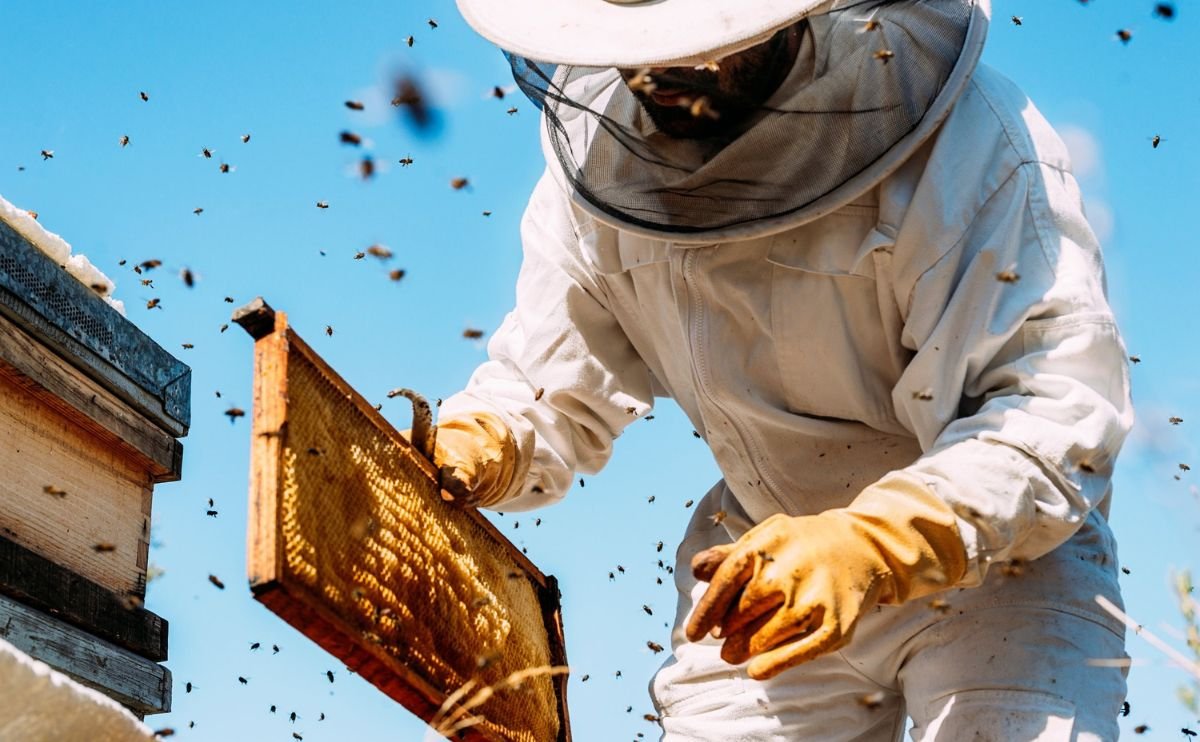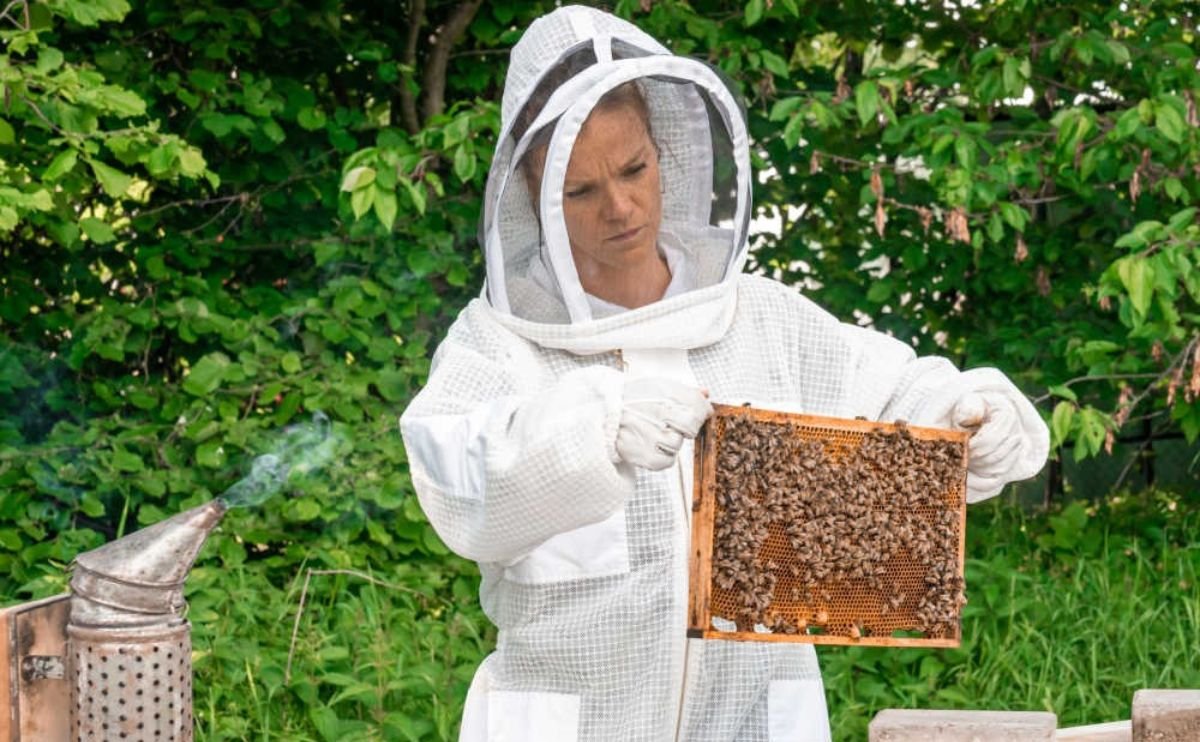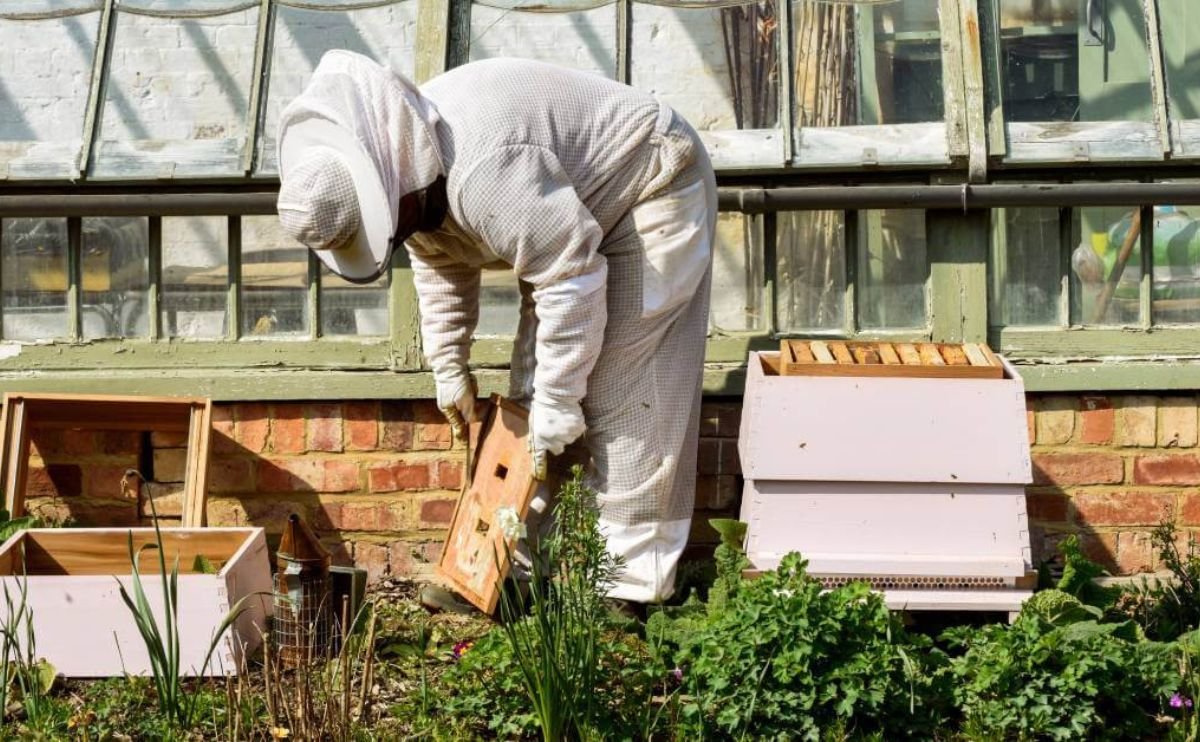Blog
The Essential Guide: Selecting Your First Beekeeping Suit

Welcome to the rewarding practice of beekeeping! As you prepare to introduce your first colony, the choice of protective clothing looms large among your early decisions. A well-selected first beekeeping suit safeguards you from stings, of course, but its true value lies in the comfort, assurance, and safety it delivers, so you can engage freely and joyfully with your bees.
Table of Contents
ToggleWhy Your First Beekeeping Suit Is More Than Sting Protection
Most novice beekeepers greet the idea of working with thousands of bees with both delight and nervousness. A well-constructed first beekeeping suit serves as your frontline defense, forming an effective barrier against stings while helping you approach the hive with relaxed poise. Its significance, however, extends beyond mere defense. A thoughtfully chosen first suit gives:
- Confidence: When you know you are shielded, your attention can shift from anxiety to observation and learning.
- Comfort: Adequate ventilation and ease of movement matter in the heat of summer fieldwork, so the suit does not sap your energy.
- Safety: Fewer stings reduce the likelihood of developing allergic responses, keeping you healthier in the long term.
Key Considerations When Choosing Your First Beekeeping Suit?
Selecting your first beekeeping suit may feel overwhelming given the variety on the market. The following features will help ensure you choose wisely.
Material & Protection Level:
- Cotton Blends: Many novices prefer durable cotton blends because they combine resilience and affordability. These fabrics provide effective protection under most circumstances.
- Ventilated Mesh: For beekeepers in hot climates, a triple-layer ventilated suit—like our Unisex White Ventilated Beekeeping Suit—can be transformative. The mesh layers promote airflow, substantially lowering body temperature while maintaining excellent sting resistance.
- Thickness: Choose a material that is firm enough to ward off stings yet flexible enough to allow unhindered movement.
Fit and Comfort:
- Sizing is Crucial: The suit must be roomy enough to accommodate underlayers and permit unimpeded mobility, without so much tension that it hugs the skin. Bees can penetrate stretched fabric. Always consult the Measuring Guide to identify your optimal size.
- Breathability: This becomes vital for lengthy inspections and warm days; sufficient air circulation helps you stay cool and focused.
- Elastication: Elastic cuffs at the wrists and ankles are non-negotiable, sealing the garment against unwanted bee entry.
Veil Type & Visibility:
- Round Veil: This design affords a broad, panoramic field of vision and greater spaciousness around the head, a characteristic that many novice beekeepers appreciate for reducing the sensation of confinement. Our Protective Beekeeper White Ventilated Jacket With Round Veil illustrates this design.
- Fencing Veil: Characterized by a forward-oriented, unobstructed view, this option usually incorporates a more rigid framework for stability. Our Beekeeper Ultralight Fencing Veil exemplifies this style.
- Mesh Quality: Choose mesh that is sufficiently fine to exclude bees while remaining sufficiently open to ensure unobstructed sight.
Gloves:
Although offered separately in many product lines, high-quality gloves cannot be overlooked. Select heavyweight cowhide leather, such as in our Ventilated Beekeeping Cowhide Leather Gloves, combined with extended cuffs that ascend the forearms and meet the suit for comprehensive enclosure.
Zippers and Pockets:
- Heavy-Duty Zippers: Opt for corrosion-resistant zippers sewn for longevity and to block bees. A double-ended zipper on the front, combined with a veil that overlaps securely, is ideal for safeguarding against ingress.
- Functional Pockets: Well-placed, mesh-lined compartments for small tools, a notepad, or a mobile phone enhance practicality without compromising security.
Full Suit vs. Jacket: What’s Right for Your First Beekeeping Suit?
In selecting your inaugural beekeeping suit, the decision usually narrows to either a comprehensive coverall or a ventilated jacket.
Full Suit: Supplies complete head-to-toe protection for new beekeepers seeking maximum peace of mind. First Beekeeping Suit comes as a single piece, ensuring rapid on-and-off convenience while delivering uniform coverage.
Jacket: Shields the upper body, head, and arms. Ideal for quick hive checks or when paired with your own heavy-duty pants. Generally lighter and more adaptable for everyday chores. (You might also look at our Professional Beekeeping Cotton Jacket. It can be your first beekeeping suit)
Both options serve the beekeeper well, but those seeking the utmost assurance at the outset typically prefer the full suit for its thorough coverage.
Maintaining Your First Beekeeping Suit
After you’ve selected your inaugural beekeeping suit, attentive maintenance prolongs its lifespan and preserves its protective features. Always adhere to the washing guidance provided by the manufacturer.
Launch Your Beekeeping Journey with Assurance!
Selecting your first beekeeper suit marks a pivotal moment, and at Beekeeper Collection our goal is to help you find the ideal fit. Our assortment of robust, comfortable protective apparel is tailored to accompany you from your first hive examination onward. With the correct equipment, you will feel confident learning, expanding your skills, and interacting with your bees safely and joyfully.
Discover Our Complete Range of Beekeeping Suits and Gear Now!



